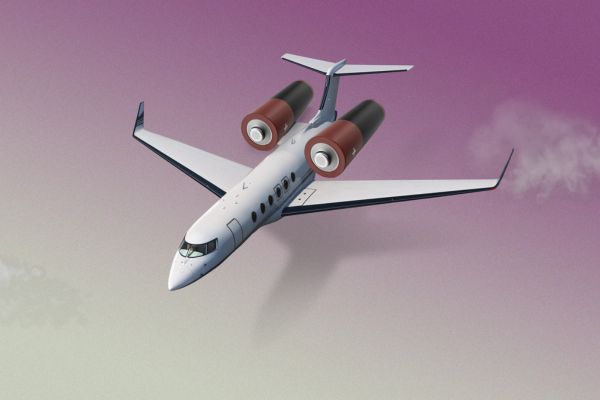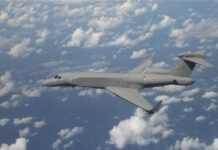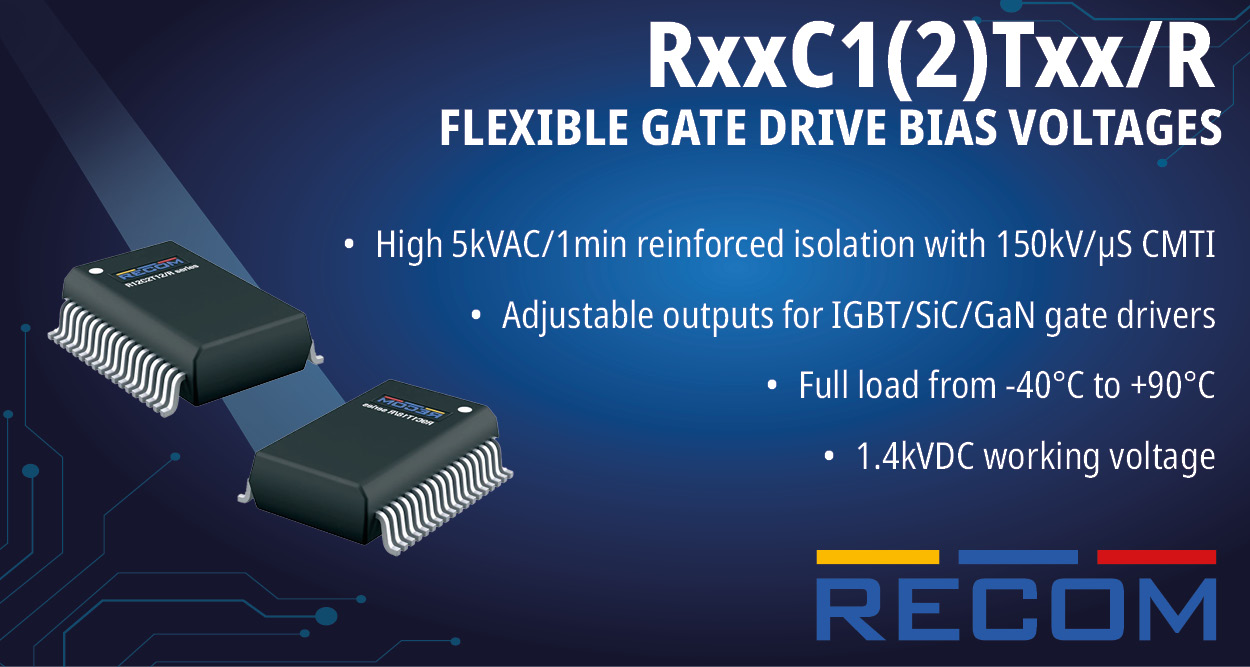The global electric aircraft market size was valued at USD 11.37 billion in 2024 and is expected to reach around USD 74.25 billion by 2034, growing at a CAGR of 20.65%.
Key Insights
- North America will capture a 44.70% revenue share in 2024.
- Europe will emerge as the largest revenue-generating market in 2024.
- By platform, the light and ultralight aircraft segment will contribute 47.58% of the total revenue.
- By system, the batteries segment will lead the market, reaching a 28.61% revenue share in 2024.
- By type, the fixed-wing segment will account for 43.78% of the revenue share.
- By technology, the eVTOL segment will dominate with a 60.22% revenue share in 2024.
- By application, the military segment will generate 47.14% of the global revenue share.
Role of AI in the Electric Aircraft Market
AI is playing a transformative role in the electric aircraft market, enhancing efficiency, safety, and operational capabilities. Here are some key areas where AI is making a significant impact:
Autonomous Flight & Pilot Assistance
- AI enables autonomous and semi-autonomous flight systems, reducing pilot workload and improving safety.
- Advanced AI-driven autopilot systems enhance navigation, obstacle detection, and landing precision.
- AI-powered predictive decision-making helps pilots manage complex flight scenarios efficiently.
Battery Management & Optimization
- AI enhances battery performance and longevity through smart energy management.
- Machine learning algorithms predict battery degradation and optimize charging cycles for extended operational life.
- AI improves thermal management, preventing overheating and ensuring safety.
Predictive Maintenance & Safety Enhancements
- AI-driven predictive analytics can detect early signs of wear and tear, reducing downtime.
- AI-based real-time monitoring ensures early identification of faults in electrical and propulsion systems.
- Enhanced failure prediction models improve aircraft safety and reduce maintenance costs.
Aerodynamic & Performance Optimization
- AI helps design aerodynamic structures for improved energy efficiency.
- AI-powered simulations optimize flight routes, speed, and energy consumption for better fuel efficiency.
- Adaptive AI systems continuously adjust flight parameters based on real-time conditions.
Air Traffic Management & Route Optimization
- AI streamlines air traffic control through intelligent algorithms, reducing congestion and delays.
- AI-powered flight path optimization ensures efficient airspace utilization and fuel savings.
- Smart AI systems enhance communication between aircraft and ground control, improving coordination.
Passenger Experience & Smart Cabin Systems
- AI-driven personalized in-flight experiences improve passenger comfort.
- Intelligent cabin management systems optimize lighting, temperature, and noise levels.
- AI-powered chatbots and assistants enhance customer service and real-time issue resolution.
Environmental Impact Reduction
- AI enables energy-efficient flying techniques to minimize carbon emissions.
- Smart AI systems help aircraft comply with green aviation regulations and reduce their environmental footprint.
- AI-based simulations aid in designing lighter and more efficient electric aircraft for sustainable aviation.
Electric Aircraft: An Overview
What is an Electric Aircraft?
An electric aircraft is an airplane powered by electric propulsion instead of conventional jet fuel or aviation gasoline. It utilizes batteries, fuel cells, or solar power to generate energy, making it an eco-friendly alternative to traditional aircraft.
Types of Electric Aircraft
Electric aircraft are classified based on their propulsion system and structure:
- Fully Electric Aircraft – Powered entirely by batteries, eliminating fuel dependency.
- Hybrid-Electric Aircraft – Uses a combination of batteries and conventional fuel engines for extended range.
- Solar-Powered Aircraft – Equipped with solar panels to generate electricity during flight.
- eVTOL (Electric Vertical Takeoff and Landing) Aircraft – Designed for urban air mobility, these aircraft take off and land vertically.
Key Components of an Electric Aircraft
- Electric Propulsion System – Includes electric motors and power controllers to generate thrust.
- Battery System – Stores and supplies energy for flight; lithium-ion and solid-state batteries are commonly used.
- Energy Management System – Regulates power distribution to optimize performance and efficiency.
- Flight Control System – Ensures smooth and stable flight, often incorporating AI and automation.
Advantages of Electric Aircraft
- Zero Carbon Emissions – Reduces the environmental impact compared to fuel-powered aircraft.
- Lower Operating Costs – Electricity is cheaper than aviation fuel, reducing maintenance and fuel expenses.
- Reduced Noise Pollution – Electric motors operate more quietly than combustion engines.
- Sustainability & Renewable Energy Integration – Potential for using solar, wind, or other renewable sources to charge batteries.
Challenges Facing Electric Aircraft
- Battery Limitations – Current battery technology limits flight range and capacity.
- Infrastructure Development – Charging stations and maintenance facilities need expansion.
- Regulatory Approvals – Aviation authorities must certify electric aircraft for commercial use.
- Weight Constraints – Batteries are heavier than fuel, impacting efficiency and payload capacity.
Applications of Electric Aircraft
- Urban Air Mobility (UAM) – eVTOL aircraft for short-distance urban transportation.
- Commercial Air Travel – Small regional electric planes for short-haul flights.
- Cargo & Logistics – Electric drones and aircraft for sustainable goods transportation.
- Military & Defense – Silent, efficient aircraft for reconnaissance and surveillance.
- Training & Recreational Aviation – Lightweight electric planes for pilot training and personal use.
Regional Outlook of the Electric Aircraft Market
North America
- Market Size: The North American electric aircraft market was estimated at USD 5.08 billion in 2024.
- Growth: It is expected to expand at a CAGR of 20.08% during the forecast period (2025-2034).
- Largest Market: North America held the largest revenue share in 2024.
- Key Drivers:
- Growing environmental concerns.
- Increasing government initiatives.
- High usage of business jets for travel.
- U.S. Market: The U.S. electric aircraft market was valued at USD 3.69 billion in 2024 and is projected to reach around USD 23.58 billion by 2034, with a CAGR of 20.39% from 2025 to 2034.
Europe
- Fastest Growth: Europe is projected to be the fastest-growing market during the forecast period.
- Dominant Country: The UK dominates the electric aircraft market in Europe.
- Key Drivers:
- Presence of major market players.
- Affordability of business jet travel.
- Favourable government policies.
Key Players Contributions in the Electric Aircraft Market
Pipistrel Group
- Pipistrel is a pioneer in electric aviation, producing electric aircraft like the Alpha Electro, which is used primarily for flight training due to its low noise and environmental impact.
- The company has ramped up production and is expanding its manufacturing facilities in Italy to meet global demand.
- Acquired by Textron, Pipistrel now benefits from greater resources and expertise to accelerate the development of electric and hybrid aircraft.
Airbus
- Airbus is actively involved in developing electric propulsion systems and has contributed to advancements through initiatives like Air Race E, the world’s first all-electric airplane competition.
- The company uses insights from electric motorsports to innovate technologies for urban air mobility (eVTOLs) and commercial electric aircraft.
Bye Aerospace
- Bye Aerospace focuses on creating cost-effective and sustainable electric aircraft, such as the eFlyer series. The eFlyer 2 is designed for aviation training, offering up to 80% reduced operating costs and 75% lower maintenance requirements.
- The company is advancing zero-emission aviation with FAA-certified designs that emphasize efficiency, low noise, and safety.
Faradair Aerospace Limited
- Faradair specializes in hybrid-electric aircraft development, targeting applications like regional transportation and cargo delivery. Their focus is on eco-friendly designs with low operational costs.
Boeing
- Boeing is exploring hybrid-electric propulsion technologies and investing in sustainable aviation solutions. It collaborates with various partners to develop innovative systems for future electric aircraft.
Leonardo S.p.A.
- Leonardo is involved in research and development for electric and hybrid propulsion systems, leveraging its expertise in aerospace engineering to support sustainable aviation.
Yuneec Holding Limited
- Yuneec contributes to the market with its expertise in light electric aircraft and drones, focusing on personal aviation solutions powered by clean energy.
Digisky S.R.L.
- Digisky specializes in integrating advanced avionics and electric systems into aircraft, contributing to the technological advancement of the sector.
Groupe Gorgé
- Groupe Gorgé focuses on autonomous systems and robotics, which can complement electric aviation through innovations in control systems and automation technologies.
Source: https://www.precedenceresearch.com/electric-aircraft-market
















